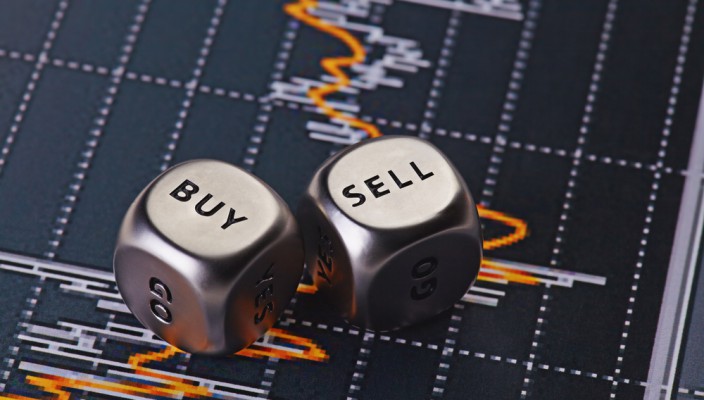Una Guida per a Struttura di Mercatu Forex
Where is the forex market located?
Nowhere! As paradoxical as the answer to this question may sound, it is.
The forex market does not have any central location. Moreover, it also lacks a single trading center. During the day, the trading center is constantly shifting from east to west, passing through the world’s major financial centers. Also, for the forex market, in contrast to the stock market, even the very concept of a trading session is somewhat vague. Nobody regulates the working hours of the Forex market, and trading on it goes on continuously 24 hours a day, five days a week.
Nevertheless, during the day, there are three sessions, during which trading is most active:
- Asian
- europea
- American
The Asian trading session runs from 11 PM to 8 AM GMT. The trading center is concentrated in Asia (Tokyo, Hong Kong, Singapore, Sydney), and the main traded currencies are the yen, yuan, Singapore dollar, New Zealand, and Australian dollars.
From 7 AM to 4 PM GMT, the European trading session takes place, and the trading center moves to such financial centers as Frankfurt, Zurich, Paris, and London. American trading opens at noon and closes at 8 PM GMT. At this time, the trading center shifts to New York and Chicago.
It is the rotation of the trading center that makes possible round-the-clock trading in the forex market.
Forex structure
You probably already have a question, but how are market participants related to each other, and who is the coordinator of the trades? Let’s look at this issue together.
Forex trading is carried out using electronic communication networks (Electronic Communication Networks, ECN), which have caused the rapid growth of the popularity of forex in the past two decades. For example, the US Securities and Exchange Commission has permitted the creation and use of such networks to trade financial products.
Nevertheless, the forex market has its structure, which is determined by the interaction between market participants.
The forex market participants, through which the most significant trading volume passes, are the so-called Tier 1 liquidity providers, also called market makers. These include central banks, international banks, multinational corporations, investors, and hedge funds, and large forex brokers.
How does your application get to the market?
An ordinary trader does not have direct access to the interbank market, and to receive it, he must agree with an intermediary – a forex broker. It should be noted that the latter can itself act as a market maker (work as a dealing center) or perform a purely technological function of transferring orders of its clients to the interbank market.
Each broker forms a so-called liquidity pool by concluding agreements with tier 1 liquidity providers and other market participants. This is a crucial question for any forex broker because the faster clients’ orders will be executed, the larger the liquidity pool. The spread (the difference between the buy and sell quotes) will be as narrow as possible.
Riassume
As we have already found out, the structure of the forex market does not have a clear hierarchy. Still, at the same time, all market participants are interconnected through electronic communication networks. The absence of a single trading center has created a unique opportunity for round-the-clock trading. The huge number of participants makes the forex market the most liquid among other financial markets.
« Cume i Traders Forex si energizanu? Cumu stabilisce a notificazione push in Metatrader 4? »


